Address
304 North Cardinal
St. Dorchester Center, MA 02124
Work Hours
Monday to Friday: 7AM - 7PM
Weekend: 10AM - 5PM
Address
304 North Cardinal
St. Dorchester Center, MA 02124
Work Hours
Monday to Friday: 7AM - 7PM
Weekend: 10AM - 5PM
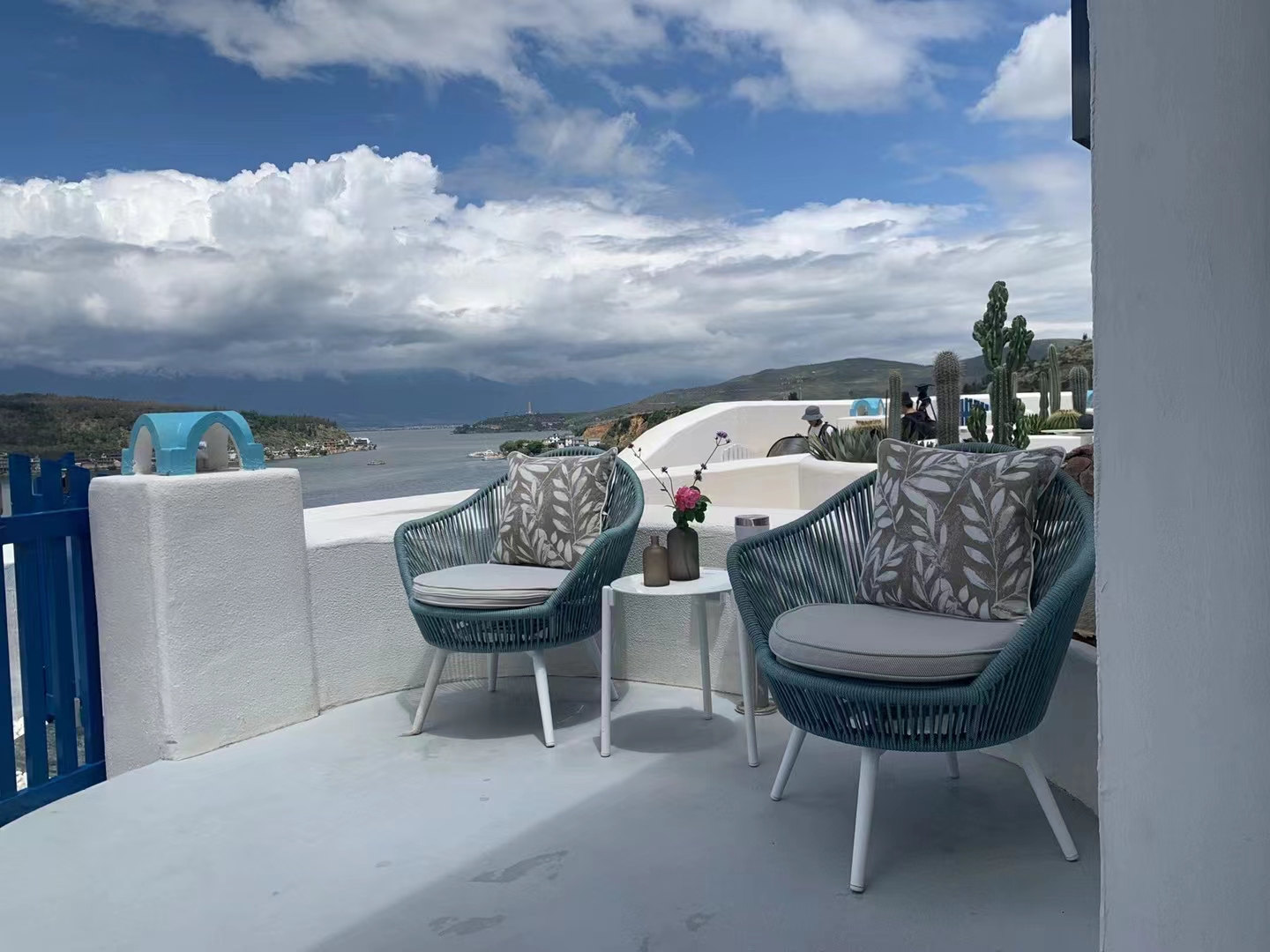
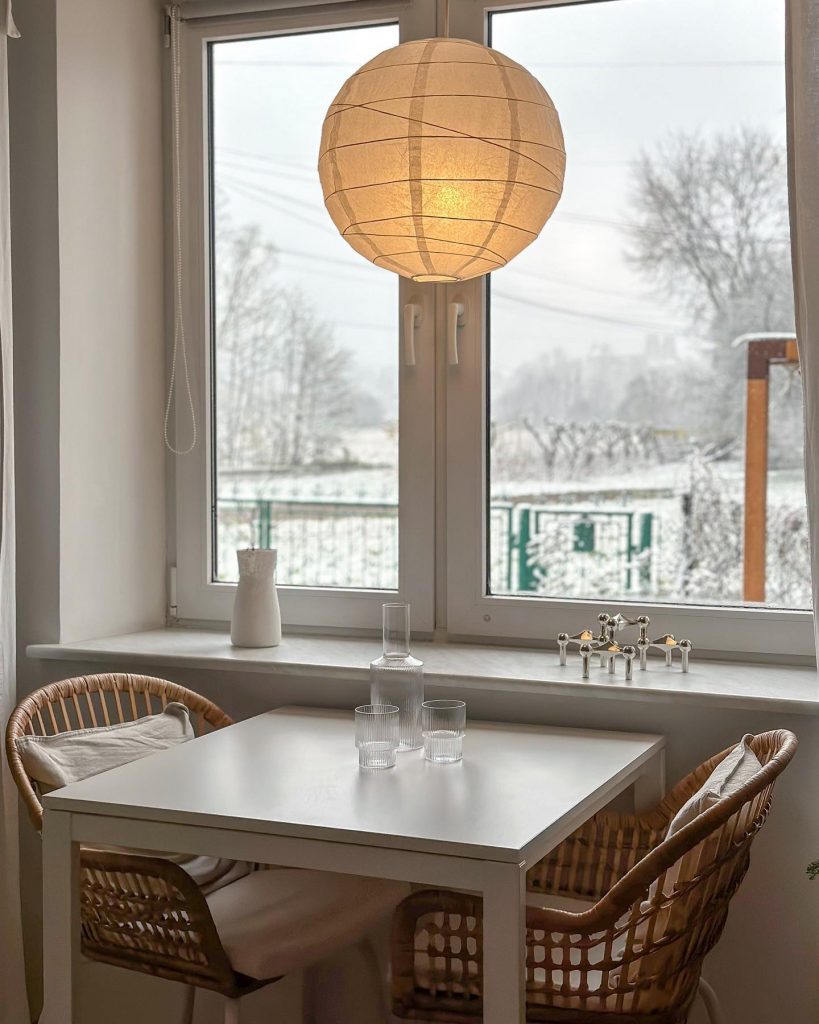
Ikea broke into the European market decades ago and triggered demand and consumption of wood, has taken its first steps in Latin America. The world’s largest furniture seller sealed an alliance with the Chilean group Falabella to land with a dozen stores in the region. The first store opened in Santiago de Chile, and they announce that there will be more Ikea in Peru and Colombia, where new openings are planned until 2023.
The arrival of the world’s largest consumer of wood raises questions about the possible consequences for this raw material in the region. How will the arrival of Ikea impact the Amazon forests? Data on global trade analyzed by OjoPúblico reveal an increase in wood imports from Brazil by Falabella in Chile and Peru in the last two years.
Since 2018, Brazil has become one of the countries that contributed the most wood to this Chilean retail chain that manages Ikea stores in Latin America. This growing trend in the importation of Brazilian wood and Ikea’s refusal to reveal the origin of the raw material it will use in Latin American stores arouses the concern of experts in the wood trade.
“With its legacy of unresolved scandals in Europe, Ikea’s entry into huge new markets in Latin America is worrisome. The continent is home to some of the most climate-critical forests we have left, and as the largest consumer of wood on the planet, your refusal to answer questions about the provenance of the wood you will use in these new stores should ring alarm bells.” Tara Ganesh, an Earthsight researcher , tells OjoPúblico .
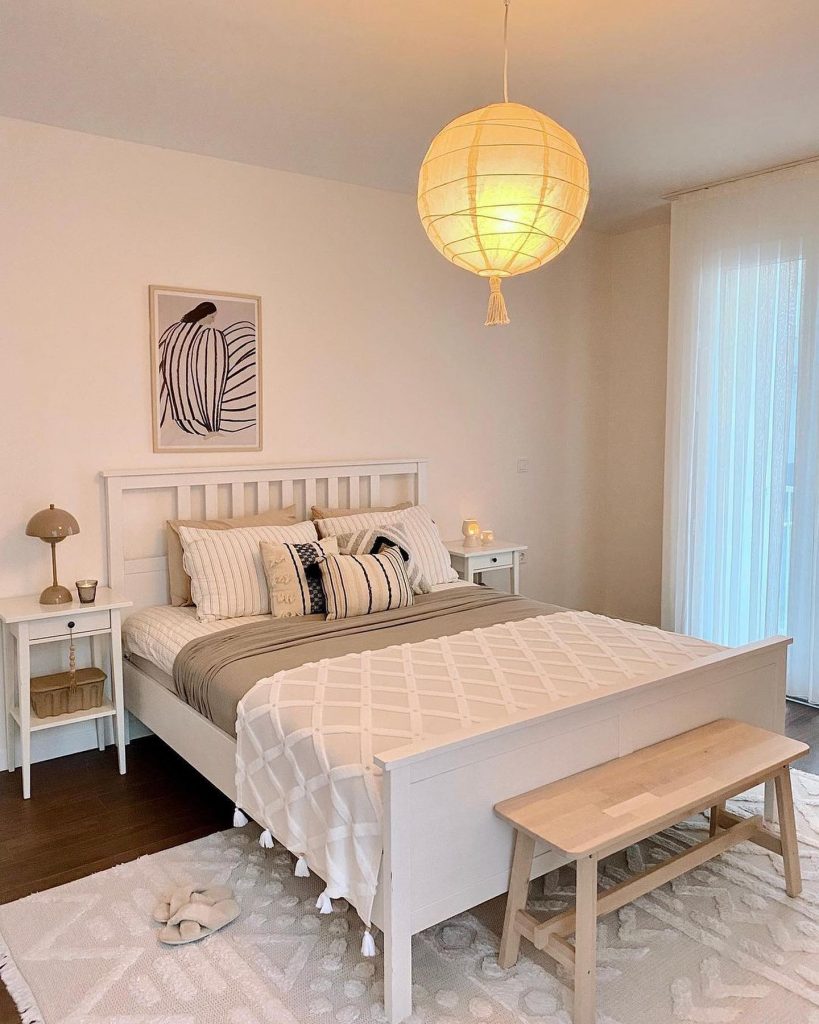
This environmental organization revealed last year that Ikea supplied the European market with furniture made from wood from illegal logging in Russia.
As part of this investigation , OjoPúblico asked the Swedish company and its South American franchise (Falabella) about the origin of the wood that they will use in their Latin American stores, but both refused to provide precise information on the subject. They also did not deny that their suppliers to supply Ikea stores in Latin America are Brazilian.
“Ikea’s suppliers source raw materials and manufacture products in many countries and regions of the world. We do not specify the source of material for individual products, as this may vary based on time and availability. However, we require all suppliers that source wood that meet our requirements from more sustainable sources: Wood certified by the Forest Stewardship Council (FSC) or recycled,” they responded to OjoPúblico from Ikea’s central office in London.
In the absence of official information, experts such as Tara Ganesh warn: “Recent investigations have revealed that Ikea has used leather and wood from highly controversial sources in recent years. With the systemic issues underlying these scandals unresolved, Ikea’s entry into new markets that are home to some of the most climate-critical forest resources on Earth should ring alarm bells for area consumers.”
Imports of wood from Falabella increased in Chile and Peru in the years after the signing of the agreement with Ikea: both unprocessed wood and processed wood trimmings, both key to making furniture, increased between 2018 and 2021, according to the export and import data analyzed by OjoPúblico for this investigation.
In 2021, the year before the opening of the first Ikea store, the Falabella group imported unprocessed wood like never before in recent years in Chile: almost 80,000 tons, more than double what it entered in 2020, when not even 40,000 tons had not even been reached. Imports also far exceeded pre-pandemic figures.
Imports of processed wood from Falabella Chile also doubled in 2021: shipments jumped to over 25,000 tons. The trend was repeated in Falabella Peru, where the new store is scheduled to open in the coming months. Revenue from processed wood grew 50% in 2021.
The 32,000 tons imported by this retail group represent more than half of all the processed wood that enters Peruvian ports.
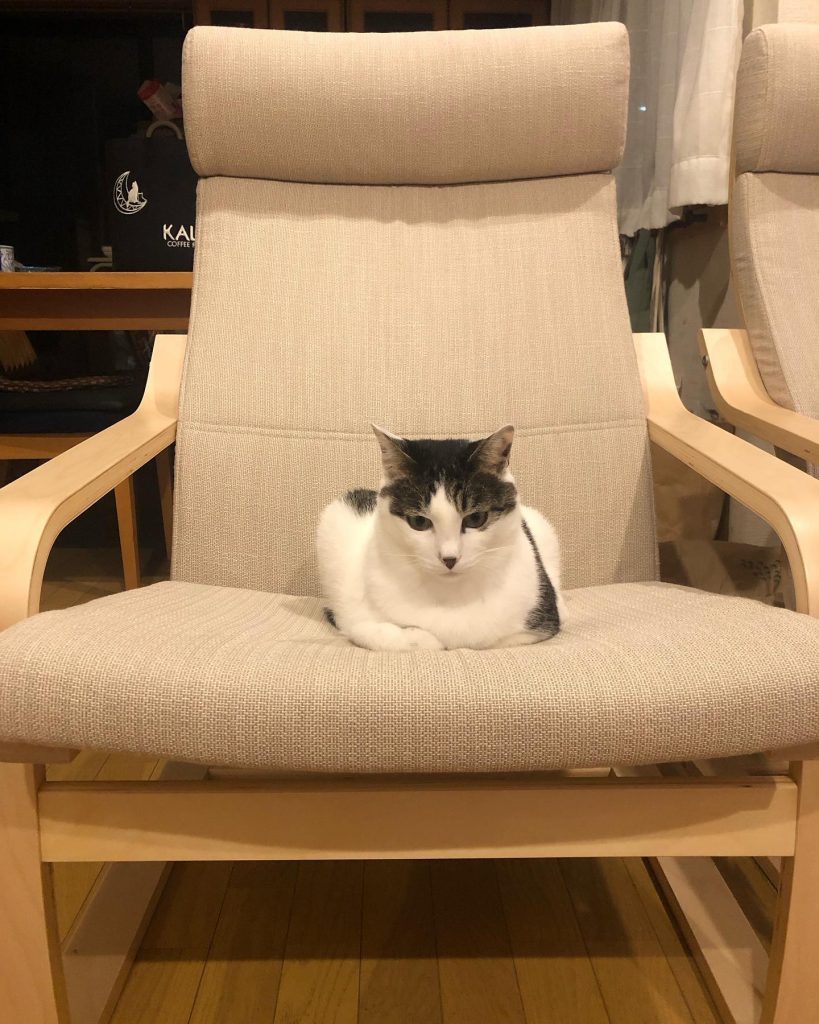
Brazil is one of the main suppliers, whose exports to Chile and Peru had a striking growth in the last year, according to official data reviewed by OjoPúblico . Unprocessed Brazilian wood went from 2,000 tons to 15,000 tons for the Chilean headquarters of the holding company.
Most of the raw wood imported from Brazil is boards like Oriented Strand Board, a composite of chipboard scraps. 32% of these imports are these boards, usually made up of pressure-glued pine wood shavings, which are often used for the construction of furniture or, even, due to their picturesque appearance, also for decoration.
Both pine and eucalyptus are woods that Ikea usually uses for its furniture, whose plantations can be found in the northeast of Brazil and in the state of Mato Grosso do Sul, according to the experts consulted.
“It is very difficult to be certain that the Brazilian wood used for the construction of furniture is legal because the system we have is broken. We have already identified dozens of ways to tamper with our system. There are practically no checks by the authorities. 85% of the forestry plans we audited had signs of fraud,” Romulo Batista, responsible for the Amazon for Greenpeace Brazil , told OjoPúblico .
The specialist also indicated that the Brazilian system itself allows “make up” the wood that is extracted illegally to import it legally to other countries.
Brazil is the largest supplier of the processed wood used by Falabella Peru. This holding company increased imports of processed wood from Brazil to Peru last year by 50% to reach 28,000 tons. What kind of wood processed? The customs code does not indicate the species of wood, but it does indicate that it is furniture or parts of furniture.
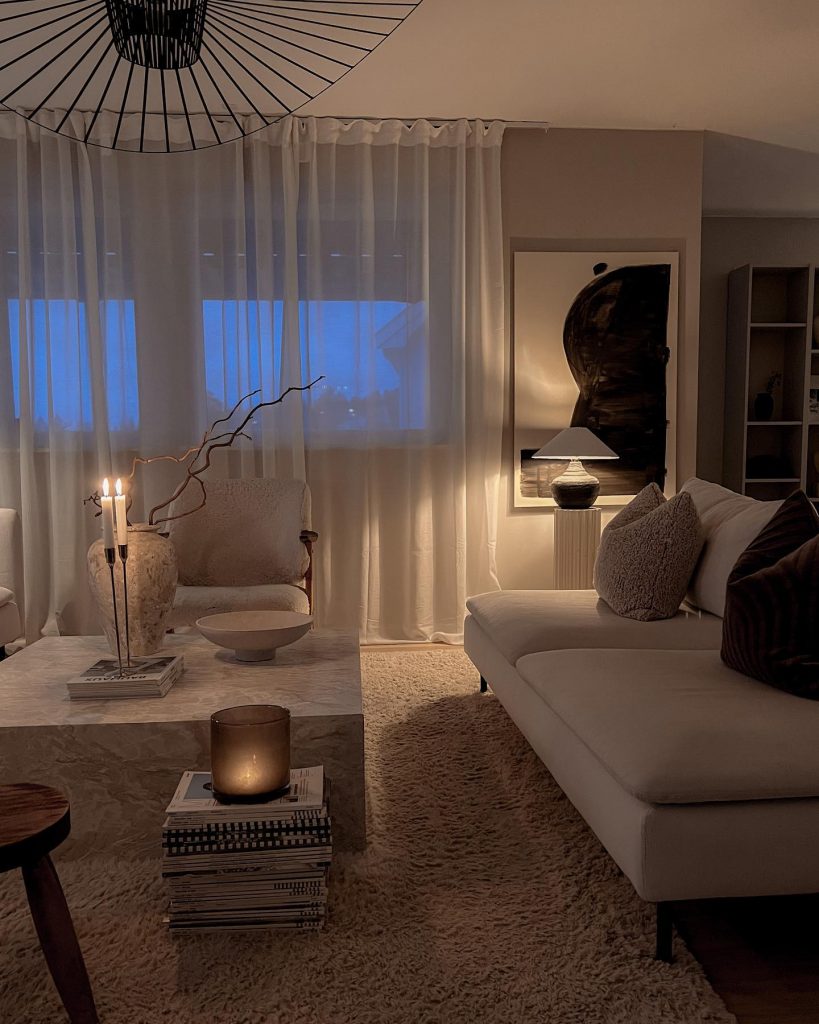
The growth increased tenfold just in the year prior to the opening of the first Ikea store to reach 3,100 tons. The tariff code indicates that most of those shipments also contained “wooden furniture.” In addition to pine and eucalyptus, the Swedish company indicated that they also tend to use birch, beech, oak, acacia and poplar.
Miguel Ángel Soto, a wood specialist from Greenpeace in Spain, studied the composition of Ikea furniture. “The company usually uses temperate woods, only hardwoods. I have never seen them work with tropical woods. The wood sold in stores in Europe originates from boreal forests in the north of that continent, ”he explained when asked by OjoPúblico.
“Ikea begins to use eucalyptus wood, whose plantations are in Brazil. Also the south of Chile and Argentina have many coniferous wood plantations such as those usually used for their furniture. In any case, I don’t see Ikea getting into the Amazon, in the garden of tropical wood, because it could have another important reputational problem,” Soto said.
The guy according to Falabella
Ikea, the world leader in the sale of furniture, signed an agreement in 2018 with the Falabella group – one of the most important retail companies in Latin America – to land in one of the last regions in which it did not have a commercial presence.
The company’s official announcement states that it will disburse more than 600 million dollars to open a dozen Ikea stores in the coming years, operated by this Chilean holding company, in Santiago de Chile, Lima and Bogotá. They will join other Ikea stores already open in Mexico and the Dominican Republic, which are managed by the Swedish giant outside of this recent agreement with the Chilean group.
The Solari family, one of the richest families in Chile and majority shareholders of Falabella, bet on the successful Ikea formula: cheap and beautiful furniture, the same products that uniform the homes of the European middle class, now intends to conquer the South American market.
The Chilean company is launching a new strategy that includes the closure of 10% of different stores of its historic brands in Peru, Chile and Colombia to strengthen its e-commerce channels, where this new agreement with Ikea also plays a role.
The expectation for the arrival of the Swedish giant was so high that even Mario Marcel, Minister of Finance in the government of Gabriel Boric, participated in the inauguration of the first location last August. The Ikea revolution continued for several more weeks when it even took 40 minutes to wait to enter the store. The opening of a second location in the Chilean capital is scheduled for this year in the Mallplaza Oeste.
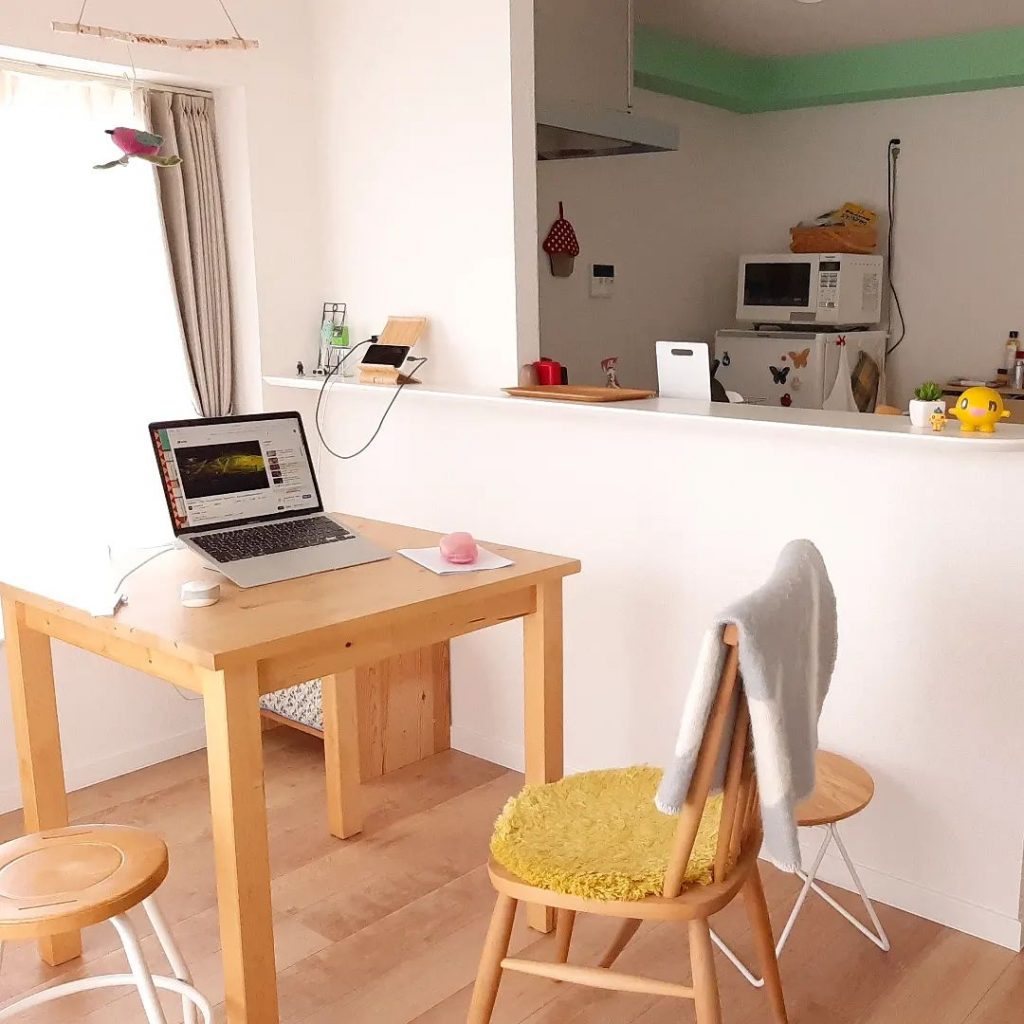
“One company pays another a franchise fee for the right to use its intellectual property. The Ikea franchise offer includes our brands and concepts. Ikea franchisees pay the Inter Ikea Group an annual royalty of 3% on their net sales. In exchange, they are authorized to market and sell our products, to manage Ikea stores and other sales channels,” they explained from their central press offices.
Ikea made nearly $1.5 billion of net profit during 2021, it reported in its financial report, though those gains include nearly $4.5 billion of gross shareholder profits. The increases for the canons delivered by the franchises grew compared to the previous year, but still represent only 5% of the company’s total income.
The payment of taxes is another of the points that kept Ikea under the microscope after the revelations of the Luxembourg Leaks and the Panama Papers. The leaks led by the International Consortium of Investigative Journalists (ICIJ) revealed that the company, which became an emblem of Sweden, had set up a complex network in low-tax European jurisdictions such as Luxembourg , Liechtenstein and the Netherlands, among others, to pay as little tax as possible.
Ikea billed almost 25,000 million dollars in 2021, but its tax contribution was barely 2,000 million dollars, according to the group’s memory. 3% of the franchises contributed by Latin American stores will be included among those millionaire funds that are channeled through complex legal structures that are often used for tax avoidance, a legal but questionable practice.
“We pay taxes in the countries where we operate based on the value created there and the economic reality of our business. And we expect the same from our franchisees. Our income from the annual franchise fee is taxed in the Netherlands through the legal entity Inter IKEA Systems BV, while the income from Ikea Chile is taxed in Chile through Falabella,” the company explained.
Falabella, for its part, already has a history of presence in tax havens. The Solari family, majority shareholder of the holding company, managed their businesses and private fortunes through a network of offshore companies in Panama and the British Virgin Islands, according to the Ciper and La Bot media revealed in the leak known as the ICIJ Pandora Papers.
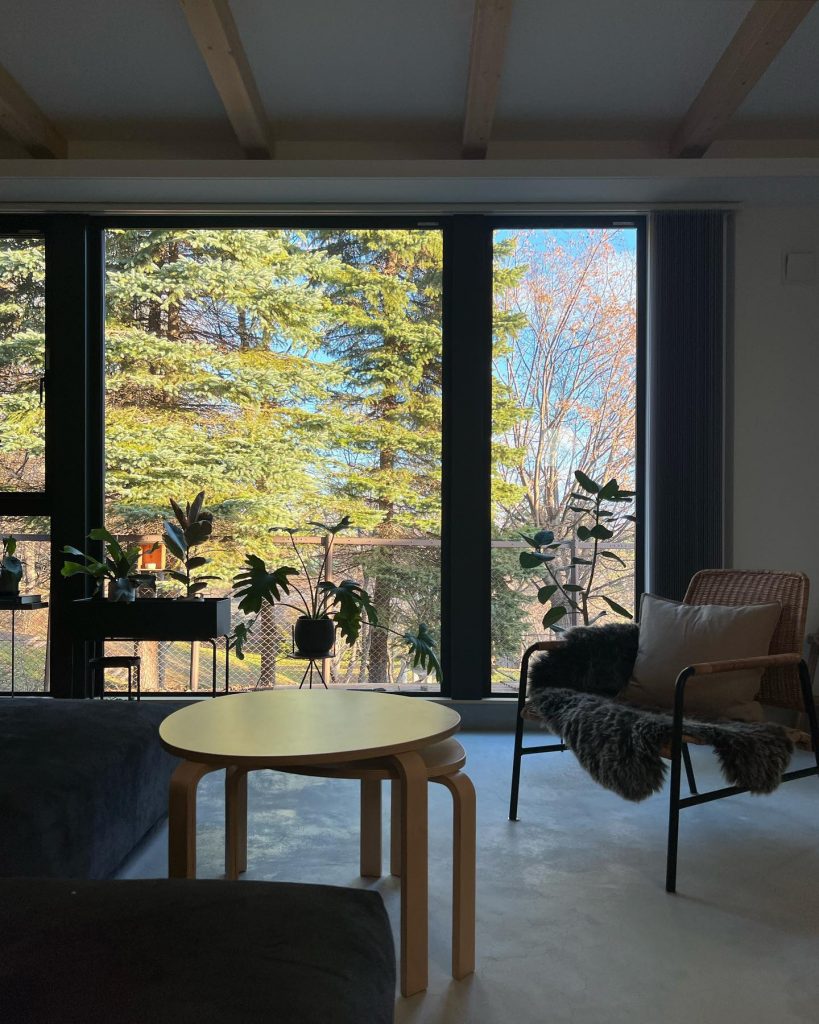
Latin America was one of the last regions of the world where Ikea had not yet been able to enter. The combination of the low amount of per capita income in the region and the large volume of sales that the furniture giant needs to operate has relegated the continent for years.
A single Ikea store, a kind of test tube, had opened in 2010 in Santo Domingo, Dominican Republic. It was the only company store for ten years in the region.
Ikea opened its second Latin American store in Mexico City in 2020, in the midst of the pandemic, and another in San Juan, Puerto Rico, in 2021. These three stores are managed directly by the Swedish holding company. But two years earlier, the company had already signed an agreement to extend its brand in South America through a franchise with Falabella, which involved the opening of nine stores in a decade, including stores in Chile, Colombia and Peru.
The general manager of Falabella, Gastón Bottazzini, announced in an interview with the press that the next store will be in Bogotá during the first half of 2023. Outside of the franchise agreement, Ikea also plans to open a store in Puebla, Mexico. , for next year, where its online sales channel already works.